The soul of nation
Every nation tells its story through monuments, cities, and the ground where its people once stood. America’s story is one of courage, innovation, and voices that refused to fade. Its cultural landmarks reveal more than history as they hold the energy of change, resilience, and hope.
Each place in this journey shaped identity, inspired generations, and challenged what freedom means. To understand America, you don’t just read its history, you walk through it.
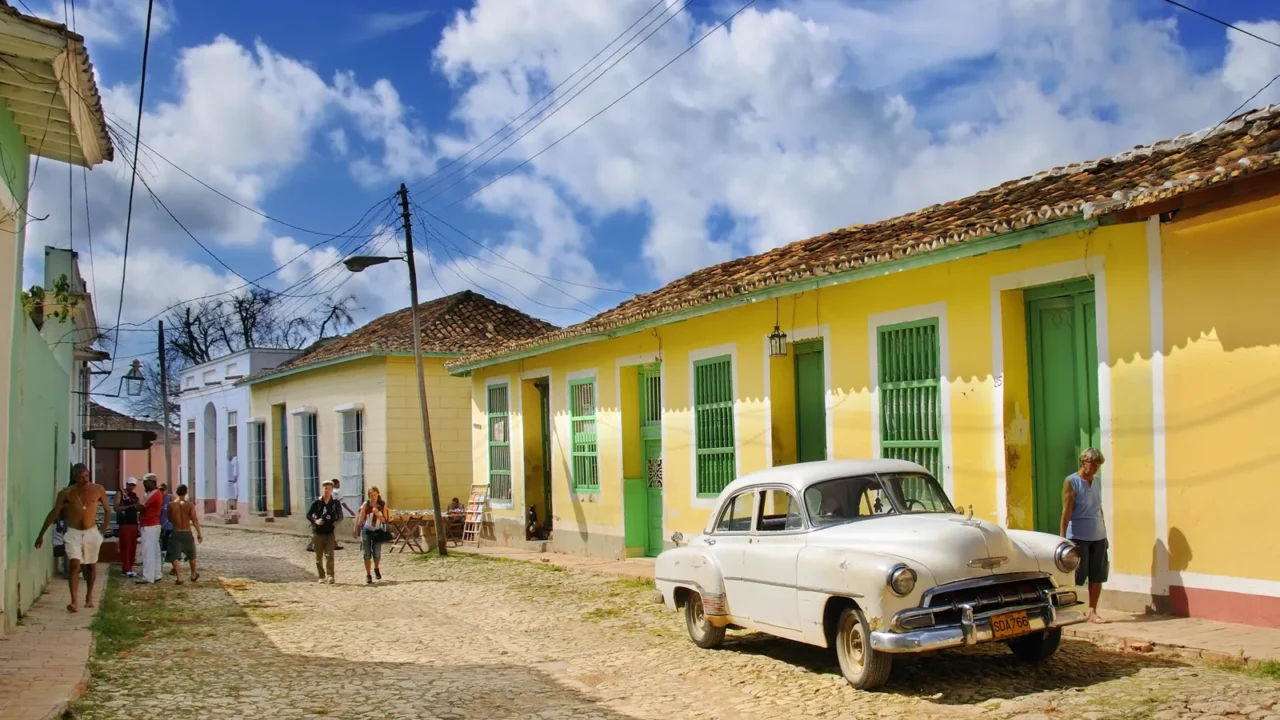
Where culture became legacy
American culture wasn’t born in a single moment. It evolved from numerous movements, migrations, and intellectual revolutions. From the first sparks of independence to artistic awakenings and social change, every landmark became a turning point.
These places are not relics of the past but living witnesses to a nation’s evolution. They carry stories of visionaries, dreamers, and everyday people who turned struggle into progress. Here begins the exploration of thirteen landmarks that changed American history.
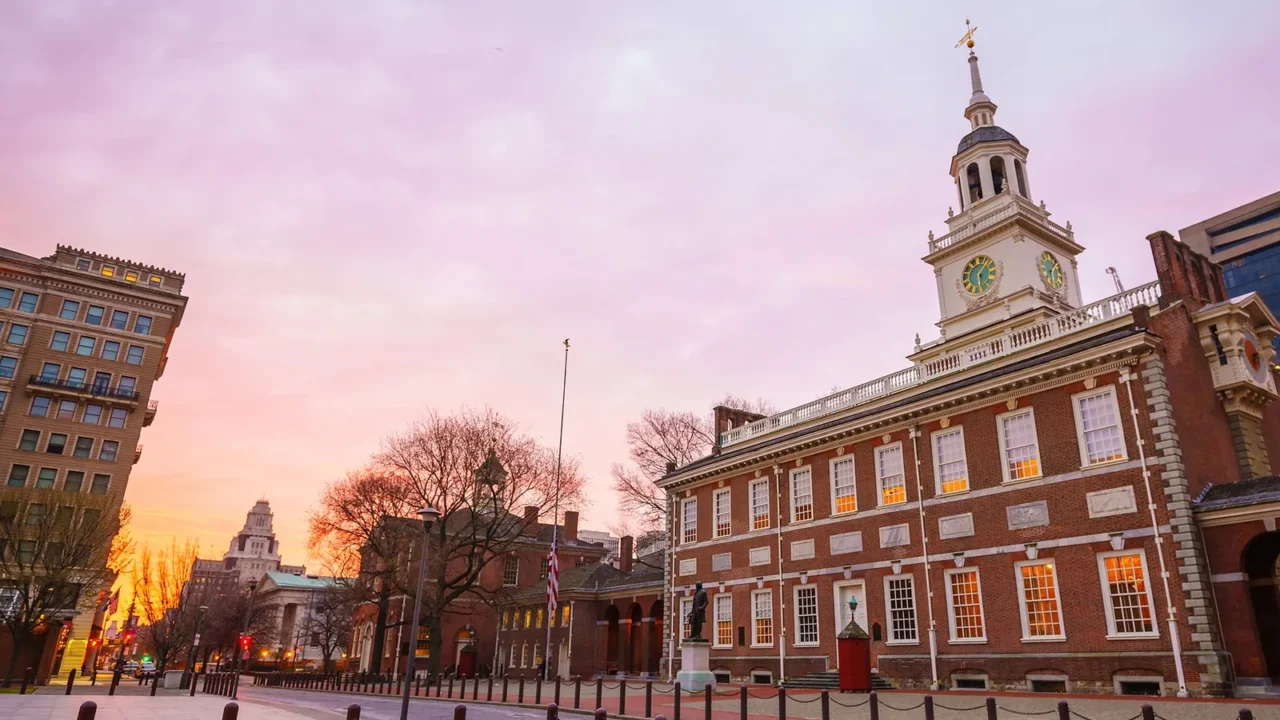
Independence Hall
In Philadelphia’s quiet heart, Independence Hall stands as the birthplace of democracy. Within its brick walls, the Declaration of Independence and the Constitution were debated, drafted, and signed. It’s where bold voices dared to redefine government and liberty.
Visitors can still feel the echo of pen on parchment and debates that shaped the nation’s founding ideals that would ripple across centuries, reminding every American where their rights began.
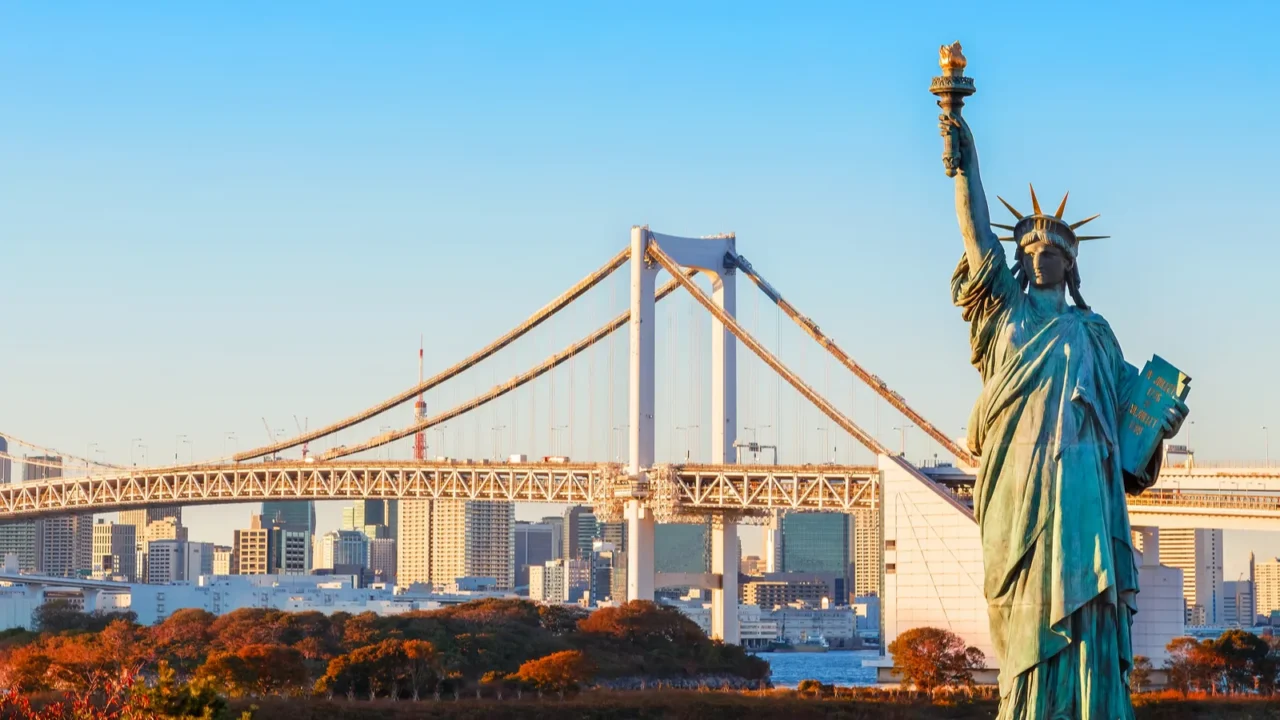
The Statue of Liberty
A gift from France, Lady Liberty arrived in 1886 and quickly became a universal symbol of hope and freedom. For millions of immigrants sailing into New York Harbor, her torch meant a new beginning.
Beyond her iconic copper frame lies a deeper story, one of resilience, unity, and the American promise that freedom belongs to all. Today, she continues to stand tall, not just for America, but for every dreamer seeking light.
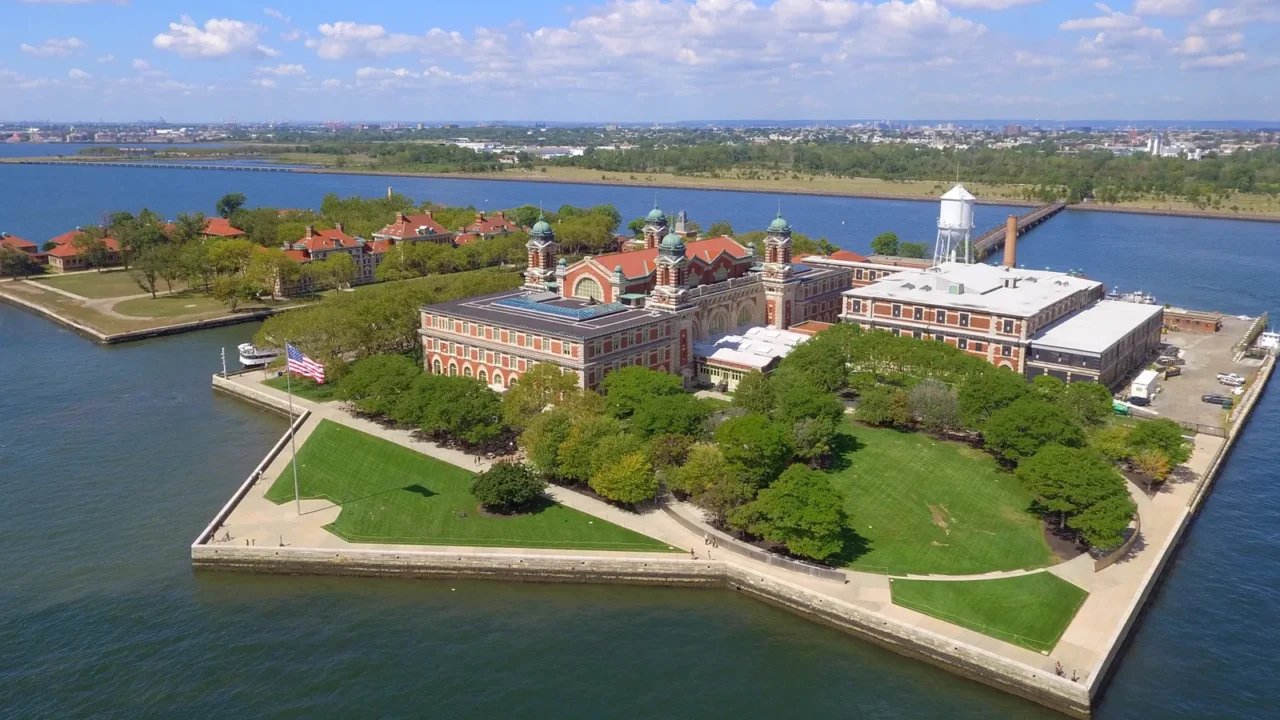
Ellis Island
Between 1892 and 1954, over 12 million immigrants passed through Ellis Island, each carrying dreams, fears, and family hopes. This small patch of land in New York Harbor became a powerful symbol of new beginnings.
Walking its halls today reveals names, photos, and voices that shaped America’s identity. It’s not just a museum of arrivals. In fact, it is a reminder that the nation’s greatest strength has always been the courage to start over.
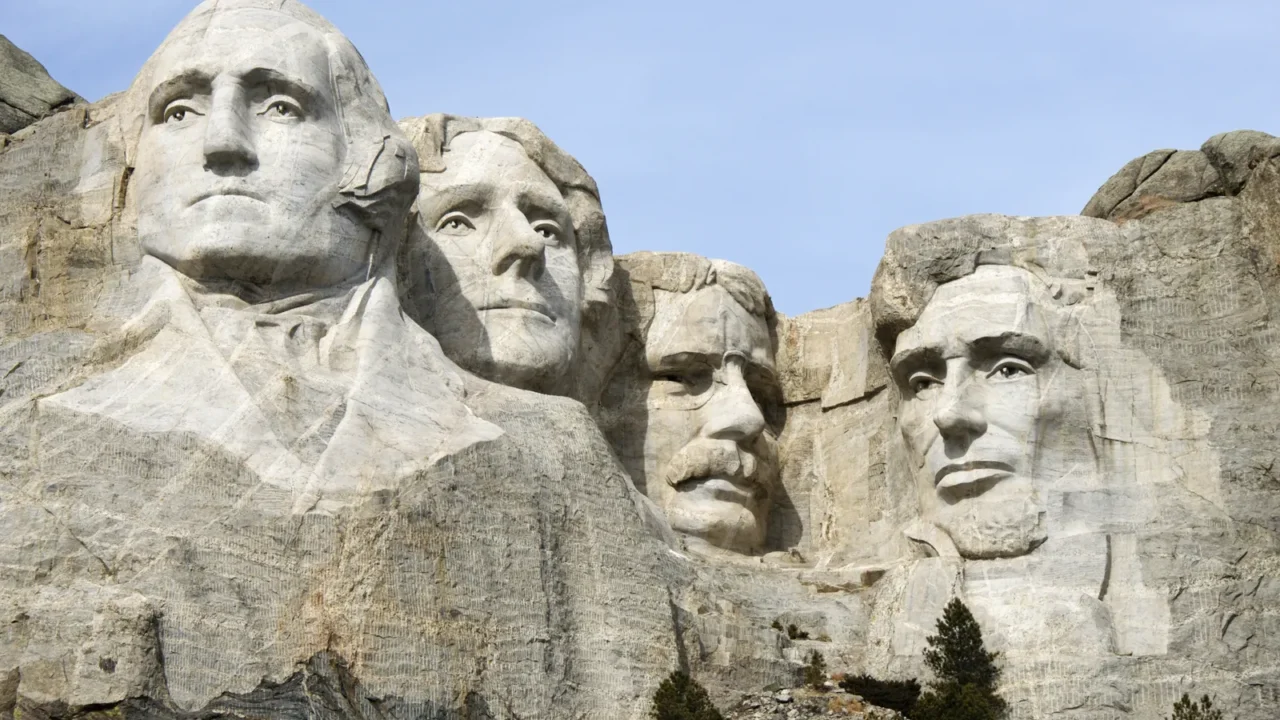
Mount Rushmore
Carved into South Dakota’s Black Hills, Mount Rushmore captures four presidents who defined eras of change in Washington, Jefferson, Roosevelt, and Lincoln. Their monumental faces overlook a land once sacred to the Lakota Sioux, blending patriotism and controversy in one iconic view.
It remains a conversation carved in stone about leadership, legacy, and the complex layers of America’s history that continue to shape its identity.
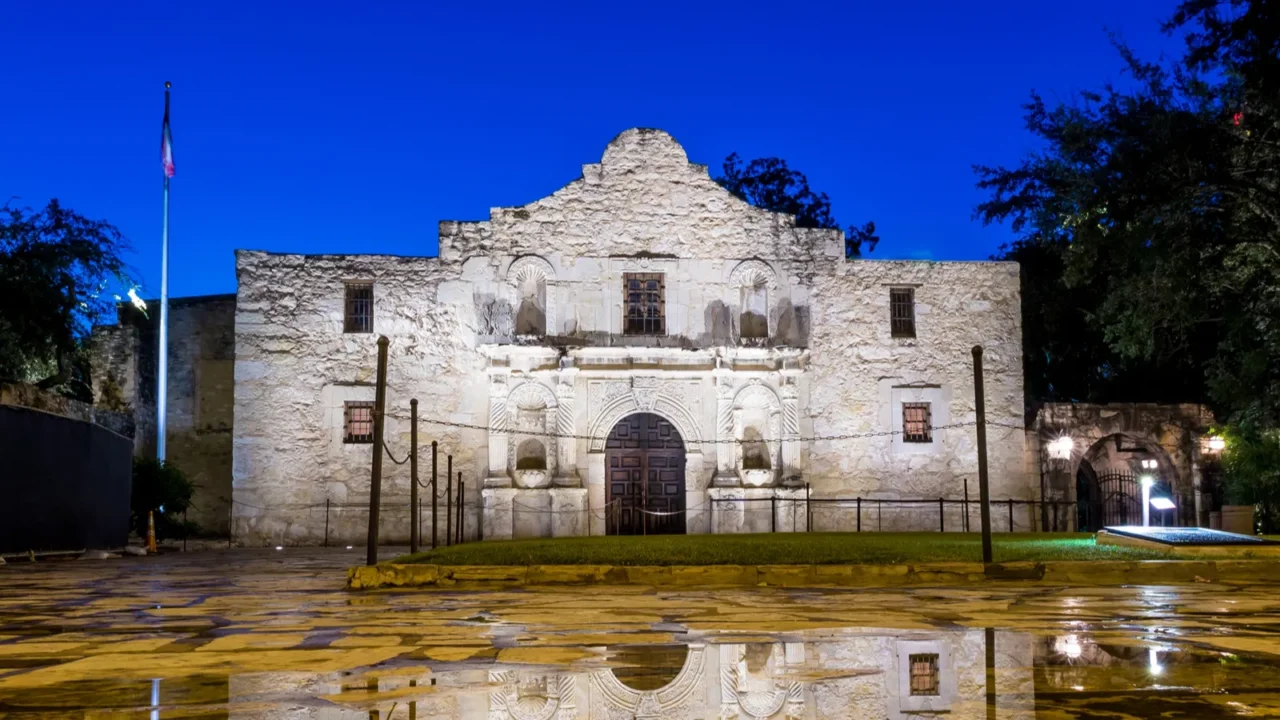
The Alamo
The Alamo in San Antonio is more than a fort, it is a symbol of sacrifice and resistance. In 1836, a small group of Texans fought fiercely against overwhelming Mexican forces, marking a pivotal moment in the fight for independence.
The courage displayed here echoes far beyond Texas, embodying the spirit of standing one’s ground for freedom. Today, the Alamo remains a quiet yet powerful reminder of the cost of liberty.

The National Mall
Stretching from the Capitol to the Lincoln Memorial, the National Mall has witnessed America’s greatest gatherings from civil rights marches to presidential inaugurations. It’s more than green space, it is a stage where voices unite and history unfolds.
Every monument and memorial here tells a story of ideals tested, challenged, and renewed. Standing here, one can feel how deeply the people and their passions have shaped the nation’s journey.

The Lincoln Memorial
Beneath Lincoln’s towering statue in Washington, D.C., his words still carry weight: “With malice toward none, with charity for all.” Dedicated in 1922, the memorial became a powerful backdrop for moments of unity and protest, including Martin Luther King Jr.’s “I Have a Dream” speech.
It’s a sacred space where ideals of equality echo through stone, reminding the world that progress often begins with compassion and conviction.

Route 66
Stretching from Chicago to Santa Monica, Route 66 isn’t just a highway, it’s the American journey in motion. Built in 1926, it connected small towns and big dreams, fueling migration and adventure during hard times. Musicians, writers, and travelers found freedom along its endless turns.
Though many sections have faded, its spirit remains alive in diners, motels, and memories that continue to celebrate the open road.
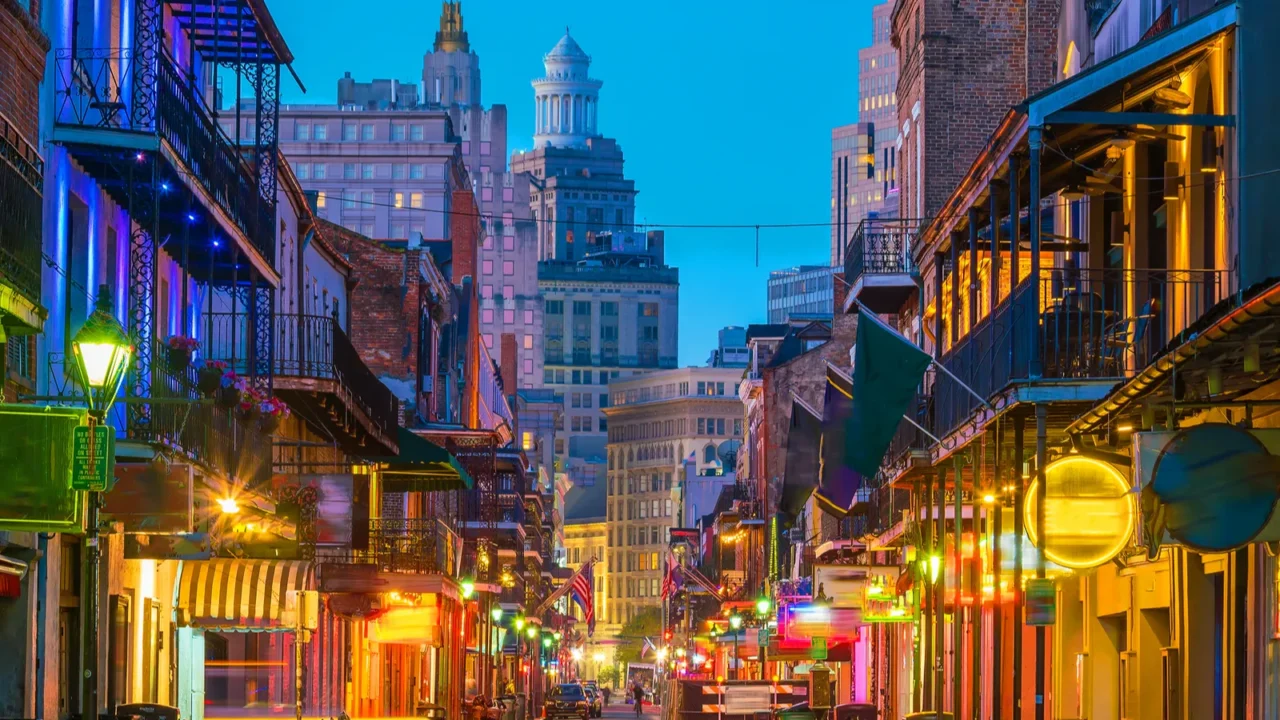
The French Quarter
The French Quarter’s narrow streets pulse with the rhythm of jazz, Creole flavors, and centuries of cultural fusion. Founded in 1718, it’s where African, French, Spanish, and Caribbean influences intertwined to create something uniquely American.
From wrought iron balconies to blues-filled bars, every corner hums with resilience and artistry. The Quarter stands not just as a neighborhood, but as a living celebration of creativity born from diversity.
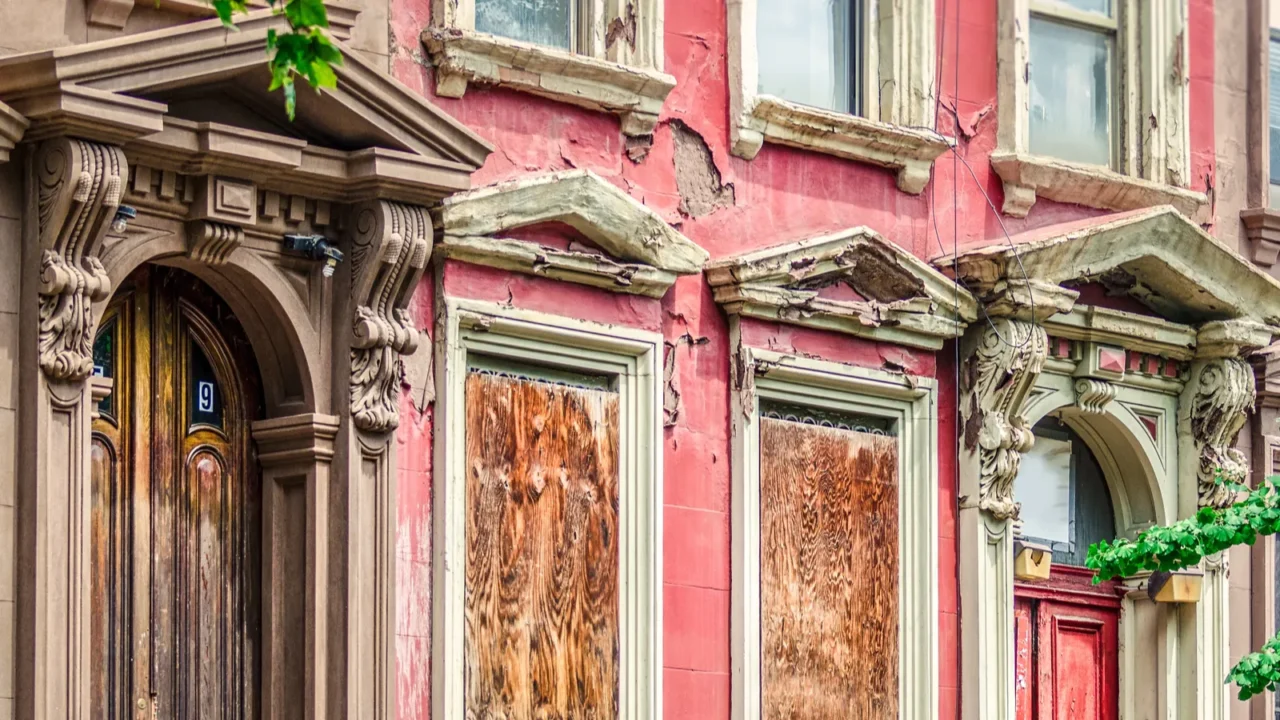
Harlem
In the 1920s, Harlem became the stage for a renaissance that redefined art, music, and identity. Figures like Langston Hughes, Duke Ellington, and Zora Neale Hurston transformed it into a cultural capital for Black America.
Even today, its energy feels electric — a sound of empowerment through creativity. Harlem stands as proof that culture can be both resistance and rebirth, shaping the nation through rhythm and words that still inspire.
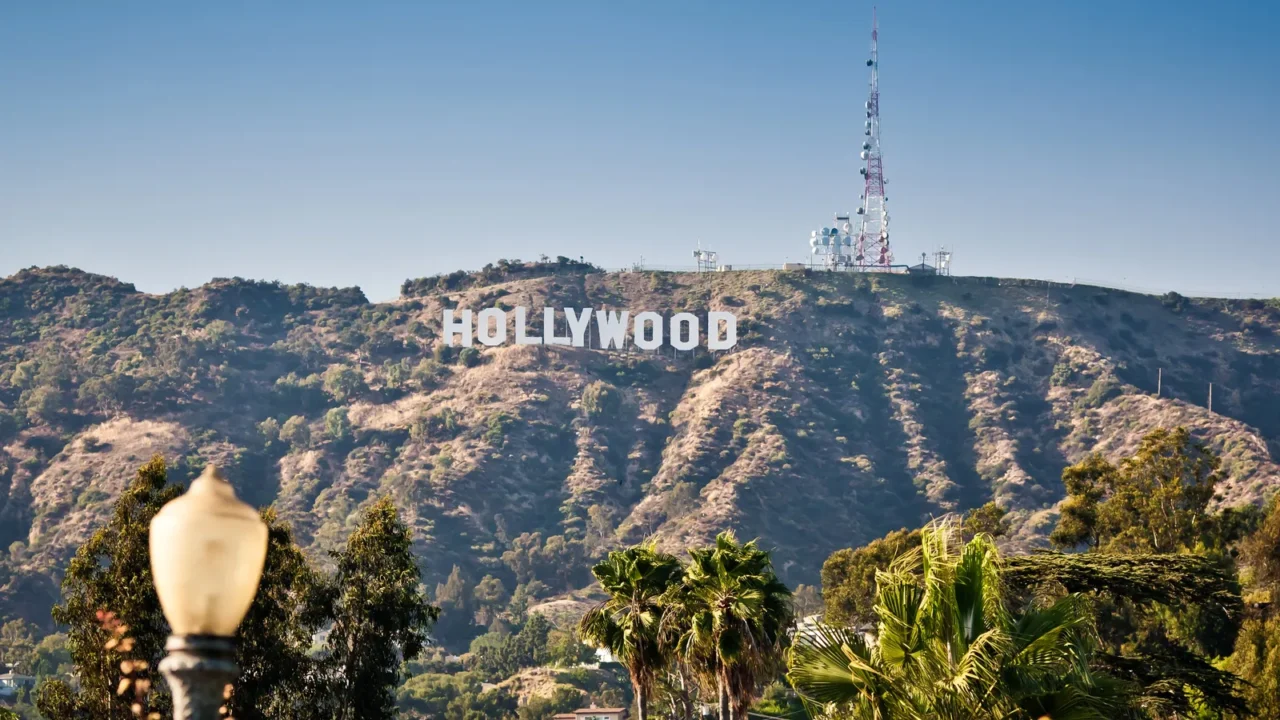
Hollywood
From a small Los Angeles neighborhood to a global symbol of fame, Hollywood shaped how stories are told everywhere. Its studios gave birth to film legends, cinematic revolutions, and cultural icons that defined generations.
Yet beyond the glitz, it represents something deeply human: the pursuit of dreams. Hollywood’s star-lined streets remind visitors that imagination has the power to move hearts, influence nations, and redefine reality itself.
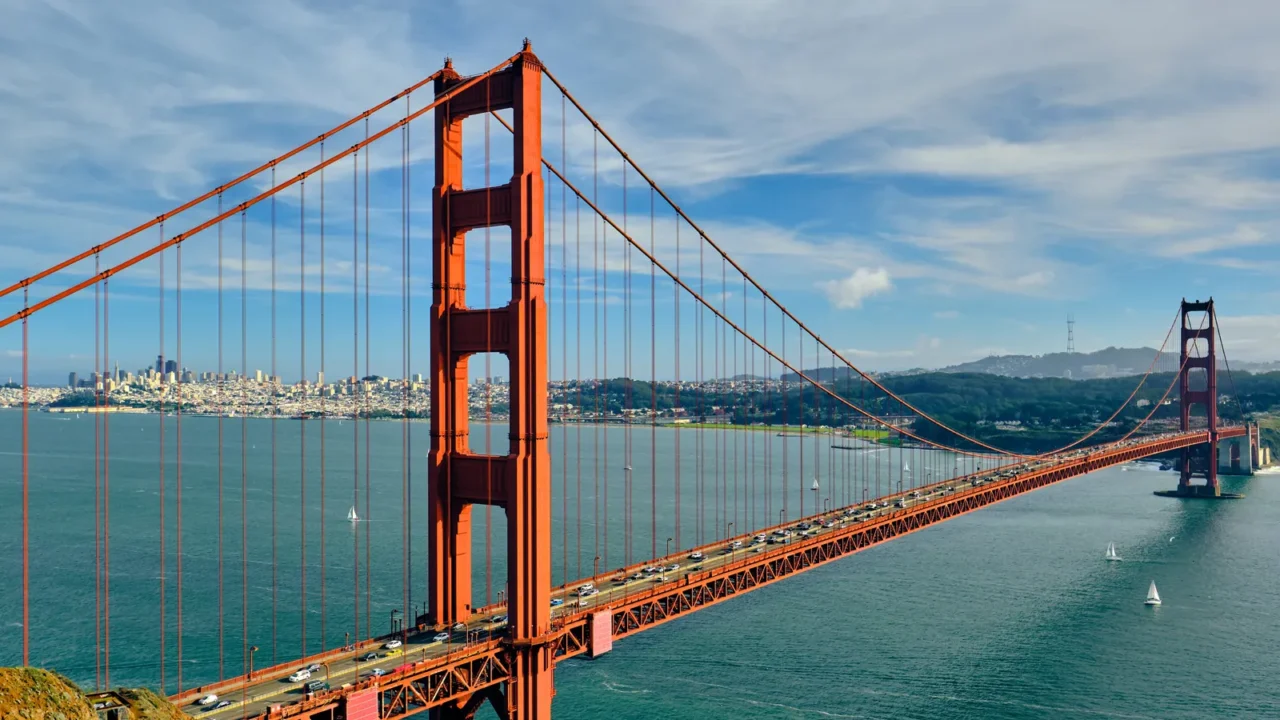
The Golden Gate Bridge
Rising through San Francisco’s fog, the Golden Gate Bridge has symbolized progress since 1937. Once seen as impossible to build, it became an engineering triumph that connected communities and transformed the city’s identity.
Its sweeping red curves are both poetic and practical, blending art and science into a global icon. For many, crossing it feels less like travel and more like touching the very spirit of innovation.
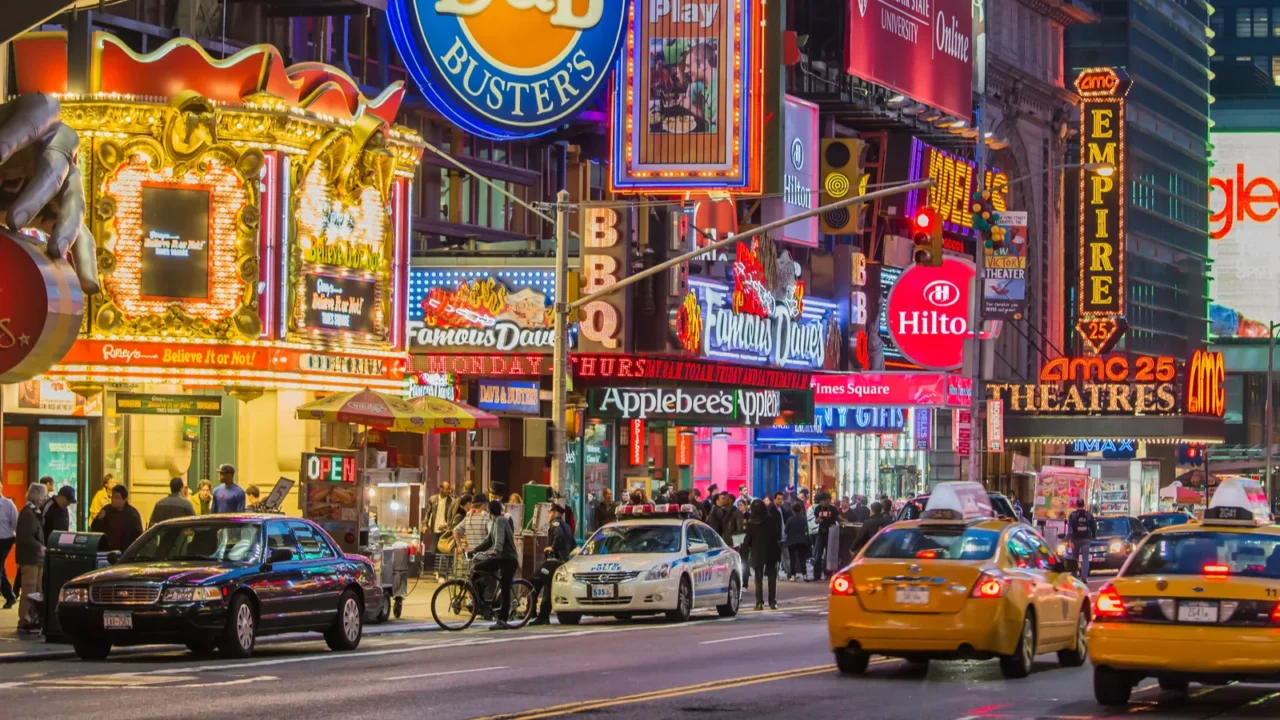
Times Square
Once a simple crossroads, Times Square evolved into a vibrant epicenter of light, motion, and spectacle. Its glowing billboards and buzzing crowds capture the energy of a city that never stops. From Broadway premieres to New Year’s Eve celebrations, it has mirrored America’s transformation through decades of culture, technology, and expression.
Times Square isn’t just a destination — it’s a heartbeat, pulsing with the endless rhythm of reinvention, much like what makes Görlitz Europe’s most underrated cultural treasure, where history and modern spirit meet seamlessly.
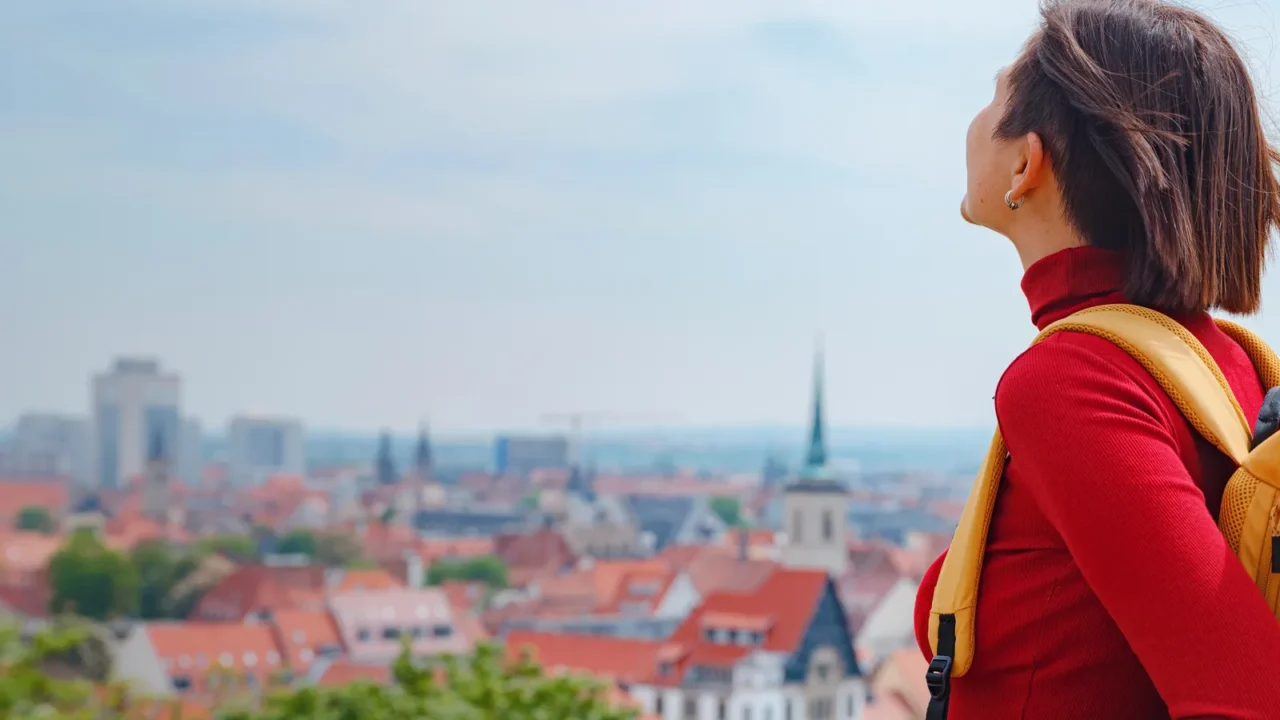
The story continues
These landmarks remind us that America’s story is still unfolding. Each brick, bridge, and boulevard carries echoes of voices that dared to dream differently. They shaped a nation not by perfection, but by persistence.
Whether it’s a quiet museum corridor or a bustling city street, every place tells a story of transformation. That same pursuit of balance and joy can be found far beyond the U.S, like in Copenhagen, often praised for its quality of life and happiness.
History never really ends, it just changes shape. Which landmark do you think tells the next chapter of America’s story?
Read More From This Brand:
- Hawaii’s new climate tourism fee faces backlash
- Hidden villages in the Swiss Alps where time feels frozen
- 17 Hottest destinations for digital detox in 2025
Don’t forget to follow us for more exclusive content right here on MSN.
This slideshow was made with AI assistance and human editing.